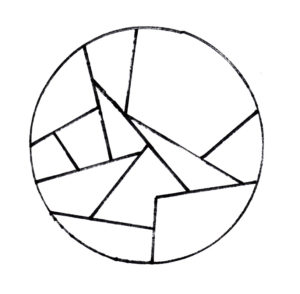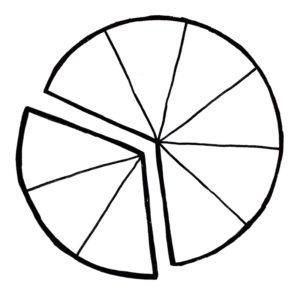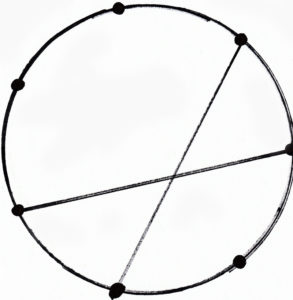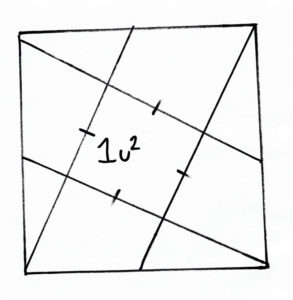Graph theory and algebra are required to solve this challenge.
Our challenge begins with a set of points. There are points of red, orange, yellow, green, blue, and purple. These points are all interconnected as follows. Every red point connects to 1 red point, 2 orange points, and 3 green points. Each orange point connects to 1 red point, 2 orange points, 2 yellow points, and 1 blue point. All yellow points connects to 1 orange point, 1 other yellow point, 3 green points, and 1 purple point. Green points all connect to 1 red point, 4 yellow points, and 1 blue point. All of the blue points connect to 2 orange points, 3 green points, and 1 purple point. And finally, purple points connect to 4 yellow points, 1 blue point, and 1 purple point. The question is this: what is the minimum number of points for each colour?




